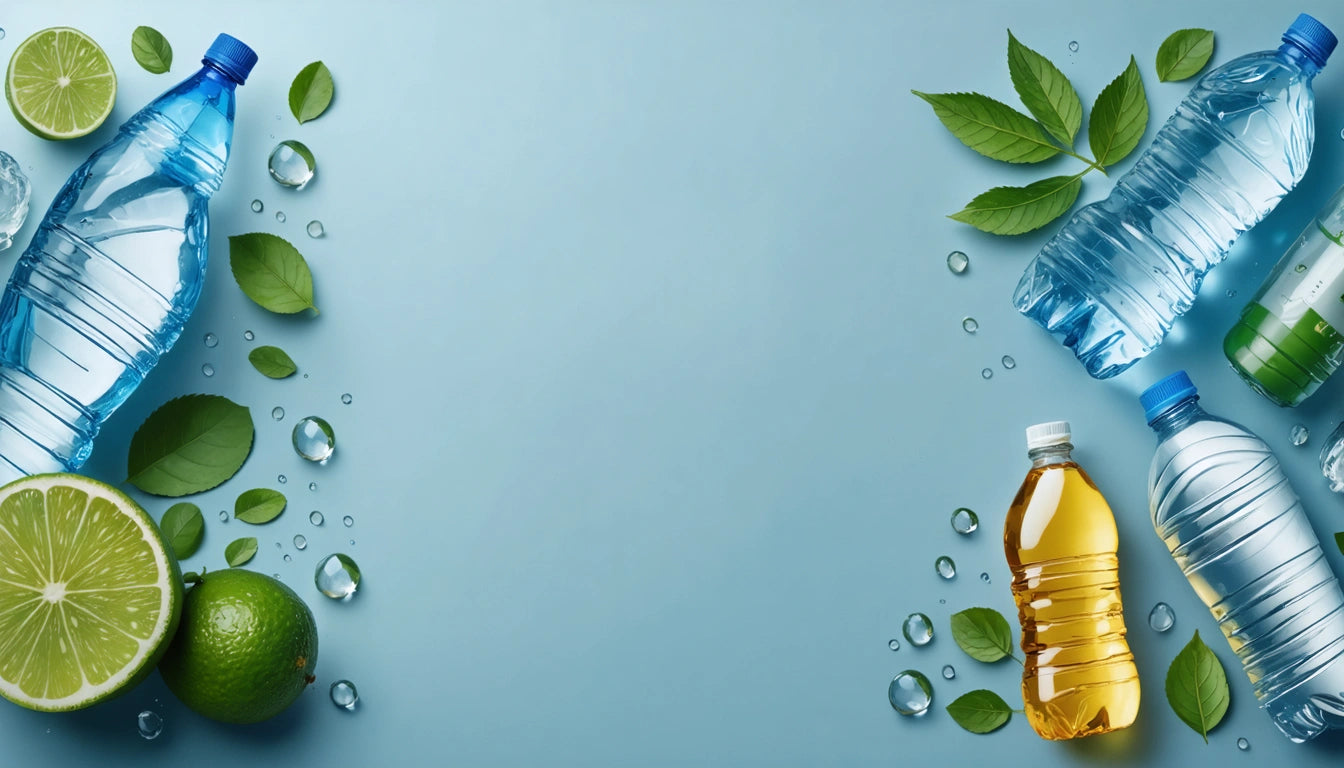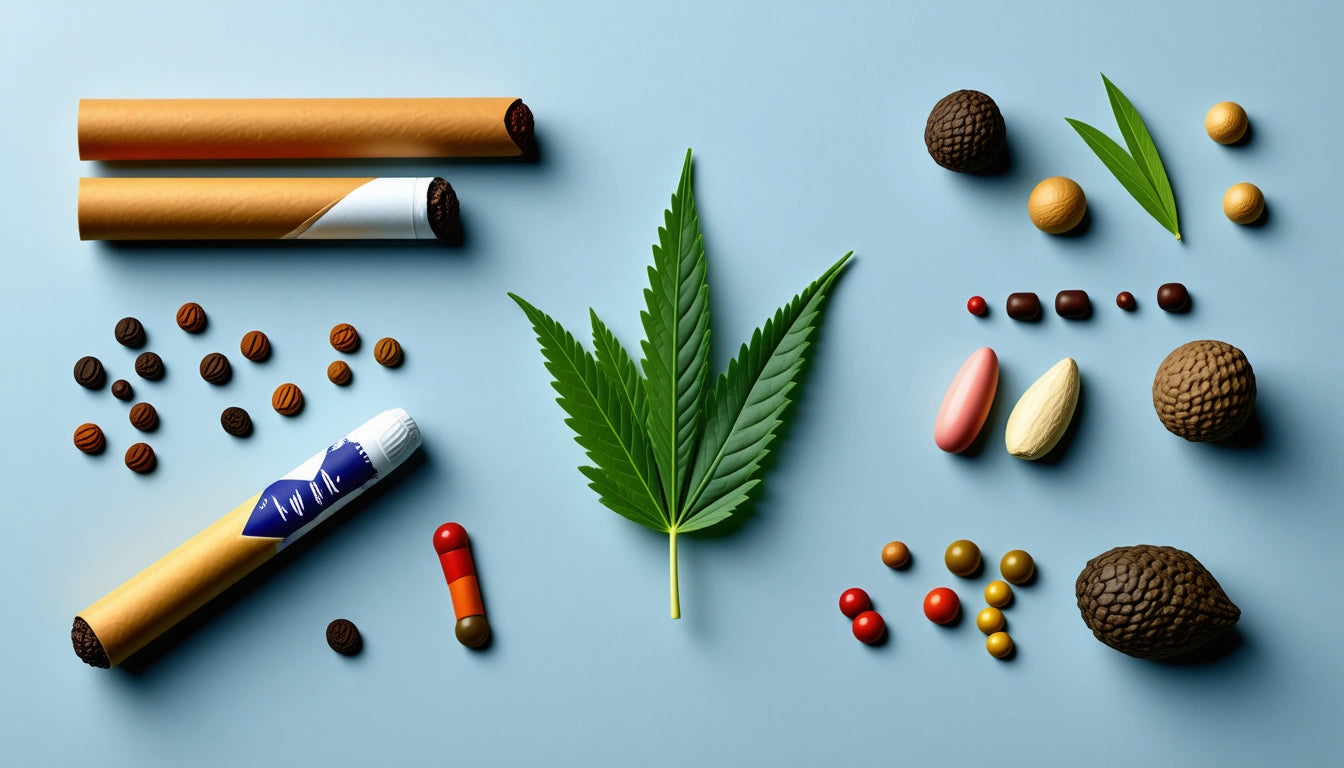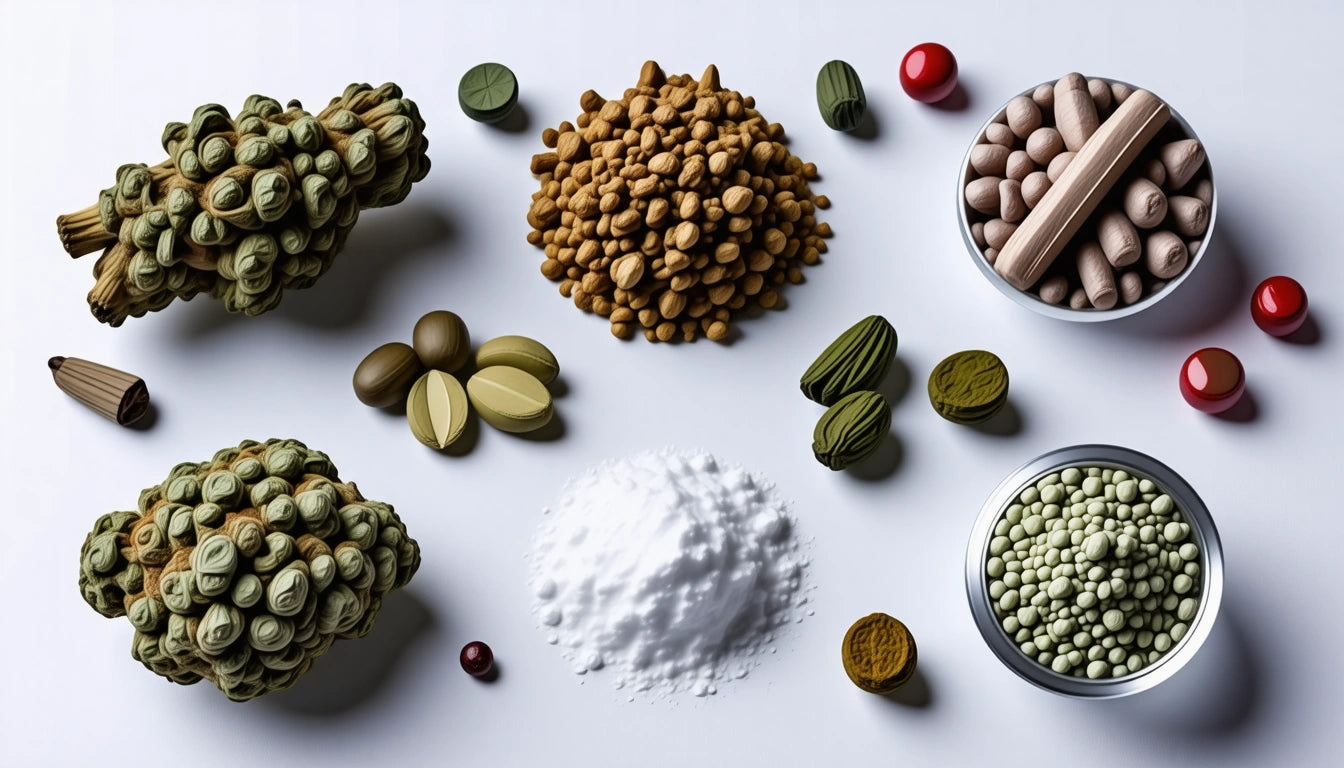Table of Contents
- Basic Composition: What Elements Make Up Aluminum and Plastic
- Manufacturing Processes and Energy Requirements
- Environmental Impact and Sustainability Considerations
- Practical Applications in Packaging
- Performance Comparison: Durability, Weight, and Barrier Properties
- Future Material Innovations: Where Aluminum and Plastic Are Headed
Aluminum vs. Plastic: Comparing Materials and Composition
When selecting packaging materials, the aluminum vs plastic debate requires careful consideration of composition, sustainability, and practical applications. Each material offers distinct advantages depending on the product and intended use. Understanding the fundamental differences between these materials can help businesses make informed decisions that align with both operational needs and environmental goals.
Basic Composition: What Elements Make Up Aluminum and Plastic
Aluminum is a metallic element (Al) with atomic number 13 on the periodic table. As a pure metal, it's rarely used in commercial applications. Instead, aluminum alloys containing small amounts of elements like copper, magnesium, and silicon provide enhanced properties for specific uses. The material's atomic structure gives it natural properties including lightweight strength, excellent thermal conductivity, and corrosion resistance.
In contrast, plastic is not a single element but a broad category of synthetic materials. What elements are plastic made of? Most plastics are polymers derived from carbon-based compounds, primarily from petroleum. Common plastics include:
- Polyethylene (PE): Made from ethylene monomers (Câ‚‚Hâ‚„)
- Polypropylene (PP): Derived from propylene monomers (C₃H₆)
- Polyethylene terephthalate (PET): Composed of ethylene glycol and terephthalic acid
- Polyvinyl chloride (PVC): Made from vinyl chloride monomers
As explained in this guide to polyethylene and virgin plastics, the molecular structure of these polymers determines their physical properties and applications.
Manufacturing Processes and Energy Requirements
The production pathways for aluminum and plastic differ significantly. Aluminum begins as bauxite ore, which undergoes energy-intensive processing to extract aluminum oxide, followed by electrolysis to produce pure aluminum. This process, known as the Hall-Héroult process, requires substantial electrical energy. Once produced, however, aluminum can be recycled indefinitely with only about 5% of the energy needed for initial production.
Plastic manufacturing starts with petroleum refining, where crude oil is processed into various components, including naphtha. Through processes like polymerization, these components are transformed into plastic resins. The journey from crude oil to plastic products involves multiple energy-intensive steps including heating, pressurizing, and molding.
Energy Comparison
When comparing energy requirements:
- Initial aluminum production: Approximately 14 kWh per kg
- Recycled aluminum: Approximately 0.7 kWh per kg
- Plastic production: 2-3 kWh per kg (varies by type)
- Plastic recycling: 1-2 kWh per kg (when possible)
Environmental Impact and Sustainability Considerations
The environmental profiles of aluminum vs plastic differ substantially. Aluminum mining impacts local ecosystems, but the material's infinite recyclability offsets long-term environmental concerns. Currently, about 75% of all aluminum ever produced is still in circulation. The recycling rate for aluminum cans in the US exceeds 50%.
Plastic presents different challenges. While production may require less energy initially, most conventional plastics are petroleum-derived and non-biodegradable. According to research on global recycling rates, only about 9% of all plastic waste has been recycled globally. The remainder accumulates in landfills or the natural environment.
Innovations in bioplastics and biodegradable alternatives are addressing these concerns, but market penetration remains limited.
Practical Applications in Packaging
Both materials serve essential roles in modern packaging. Aluminum excels in applications requiring:
- Absolute barrier properties (oxygen, light, moisture)
- Heat resistance
- Lightweight strength
- Premium appearance
These properties make aluminum ideal for beverage cans, food containers, and premium product packaging. In the cannabis industry, for example, our specialized mylar bags for eighth-ounce cannabis products often incorporate aluminum layers for freshness preservation and compliance with strict regulations.
Plastic dominates in scenarios requiring:
- Complex shapes and designs
- Transparency (in some formulations)
- Lower production costs
- Flexibility and customization
The versatility of plastic makes it suitable for everything from food containers to medical packaging. When choosing between glass vs plastic containers, many factors including product compatibility, cost, and consumer perception come into play.
Performance Comparison: Durability, Weight, and Barrier Properties
Durability
Aluminum offers superior resistance to impacts and pressure when properly formed. It doesn't become brittle with age or UV exposure like many plastics. However, thin aluminum foils can tear more easily than flexible plastics.
Most plastics provide good impact resistance but may degrade over time due to UV exposure, temperature fluctuations, or chemical interactions. Engineering plastics like polycarbonate offer exceptional durability but at higher costs.
Weight Considerations
In the plastic vs aluminum weight comparison:
- Aluminum: Density of 2.7 g/cm ³
- Common plastics: Density of 0.9-1.5 g/cm ³
While plastics are less dense, aluminum can be formed into thinner structures while maintaining strength, sometimes resulting in comparable or even lighter finished products.
Barrier Properties
Aluminum provides a complete barrier against:
- Oxygen
- Light
- Moisture
- Bacteria
- Odors
Most plastics offer selective barrier properties, with performance varying significantly between types. Multi-layer plastic structures or metallized films attempt to combine the benefits of both materials.
Future Material Innovations: Where Aluminum and Plastic Are Headed
The future of packaging materials is evolving toward more sustainable solutions while maintaining performance. For aluminum, innovations focus on reducing the energy intensity of production through renewable electricity and improved recycling infrastructure. Thinner, stronger aluminum alloys continue to reduce material usage while maintaining performance.
Plastic innovation centers on biodegradability, recycled content, and reducing environmental persistence. Bioplastics derived from renewable resources like corn starch or algae show promise, though challenges in cost, performance, and scalability remain. Enhanced recycling technologies, including chemical recycling that breaks plastics down to their molecular components, may improve circularity.
Hybrid materials that combine the best properties of aluminum and plastic, such as metallized films or composite structures, represent another frontier. These innovations aim to deliver the barrier properties of aluminum with the flexibility and formability of plastics, all while improving overall sustainability.
As regulatory pressures increase and consumer preferences shift toward environmentally responsible packaging, both aluminum and plastic will continue to evolve, with sustainability becoming as important as functional performance in material selection decisions.











Leave a comment
All comments are moderated before being published.
This site is protected by hCaptcha and the hCaptcha Privacy Policy and Terms of Service apply.